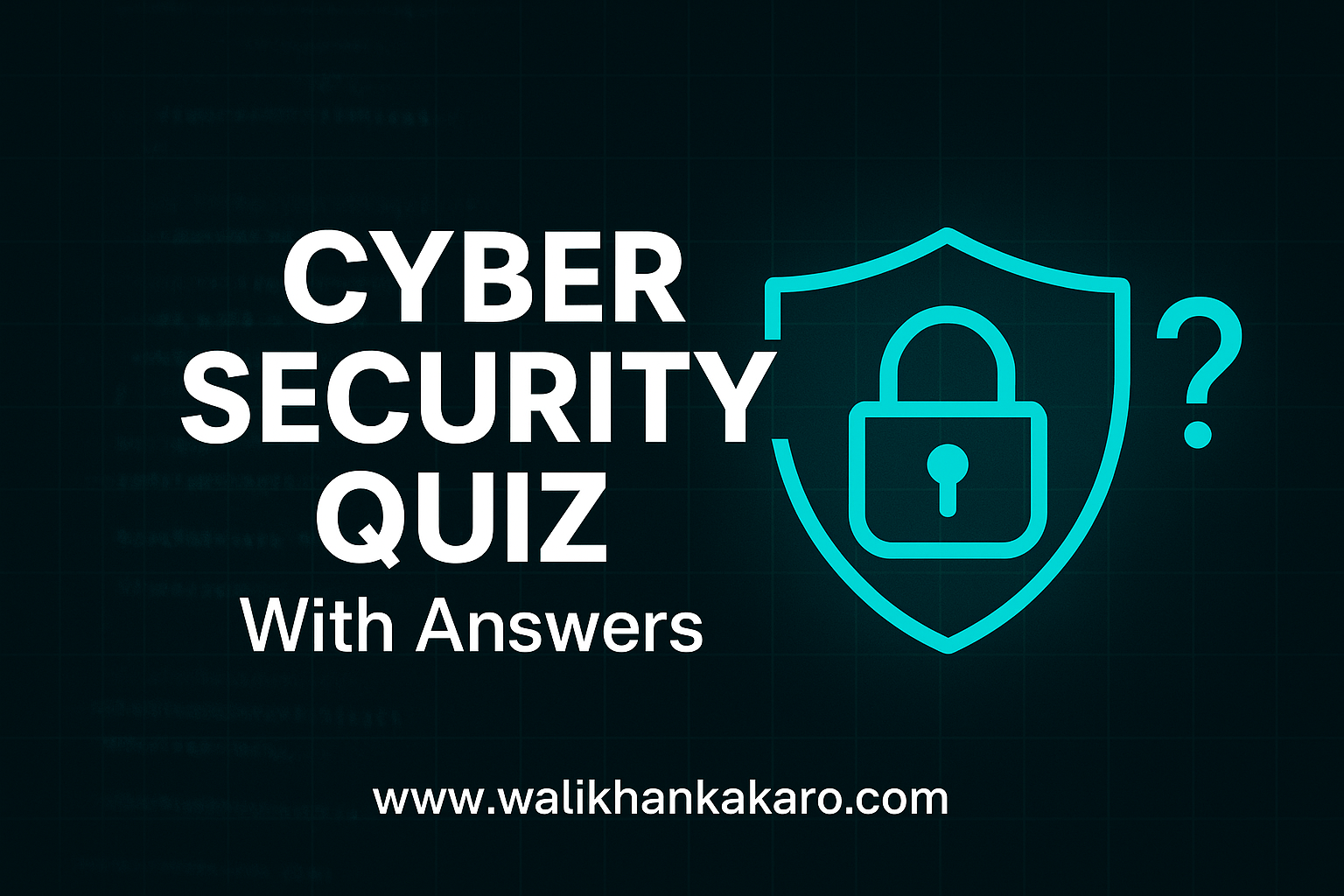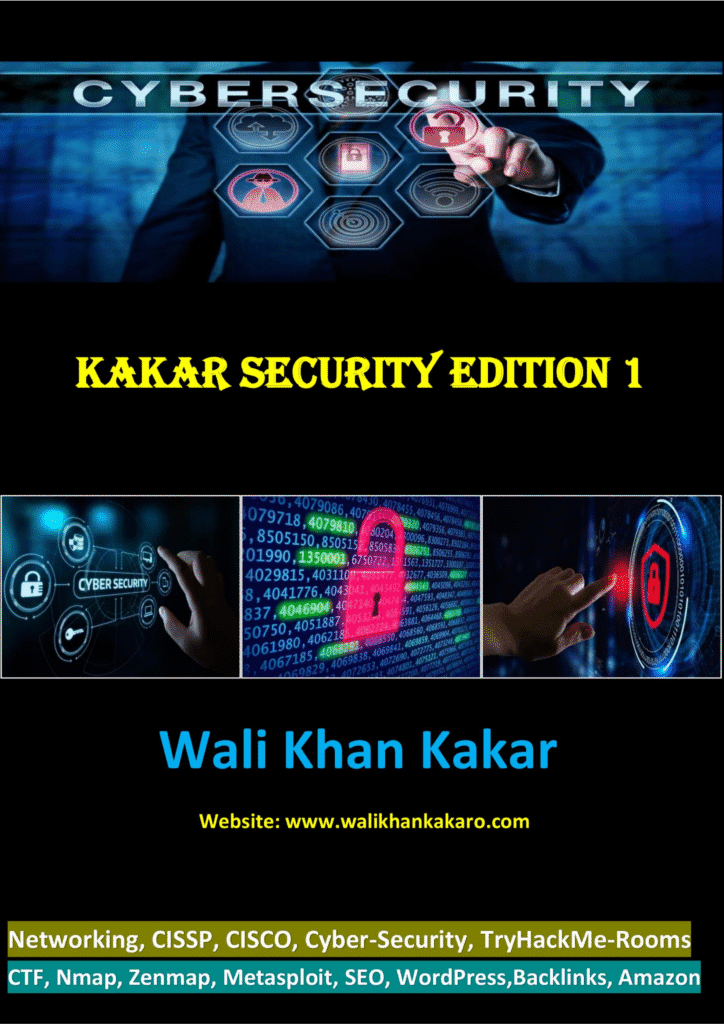Table of Contents
Key Components of Policies and Procedures
Access Control Policies and Procedures:
1: Policies define who should have access to what.
2: Procedures detail how access permissions are granted, modified, and revoked.
Data Protection Policies and Procedures:
1: Policies outline the organization’s commitment to safeguarding sensitive data.
2: Procedures specify encryption methods, data classification, and handling guidelines.
Incident Response Policies and Procedures:
1: Policies establish the organization’s stance on incident detection, reporting, and response.
2: Procedures provide a step-by-step guide on how to respond to specific types of security incidents.
Network Security Policies and Procedures:
1: Policies set the rules for securing the organization’s network infrastructure.
2: Procedures detail the configuration of firewalls, intrusion detection systems, and other network security measures.
Acceptable Use Policies and Procedures:
1: Policies define acceptable and unacceptable behavior regarding the use of organizational resources.
2: Procedures after guidelines on employee behavior, internet usage, and social media use.
Remote Access Policies and Procedures:
1: Policies dictate the conditions under which remote access is allowed.
2: Procedures provide instructions on setting up and securing remote access connections.
Key Components of Cybersecurity Policies and Procedures-2
Cloud security policies and procedures:
1: Policies establish the organization’s approach to securing cloud-based services and data.
2: Procedures guide secure cloud adoption, data storage, and access controls.
Employee training and Awareness policies and procedures.
1: Policies emphasize the importance of ongoing cybersecurity training.
2: Procedures detail the methods and frequency of employee training sessions and awareness campaigns.
Physical security policies and procedures:
1: Policies define measures to secure physical facilities and equipment.
2: Procedures offer guidance on access controls, surveillance, and monitoring of physical spaces.
User Awareness and Training:
1: Process: Educate and train employees on cybersecurity best practices and the importance of risk management.
2: Activities: Provide ongoing training sessions, conduct awareness campaigns, and simulate phishing exercises to enhance the security awareness of employees. A well-informed workforce is a crucial line of defense.
Network Security:
1: Network: a network is a group of two or more interconnected computers or other electronic devices to exchange data and share resources.
2: Network Security: TCP/IP has several vulnerabilities. Therefore, it is vulnerable to DoS/DDoS attacks, fragment attacks, spoofing attacks, oversized packet attacks, and man-in-the-middle attacks.


